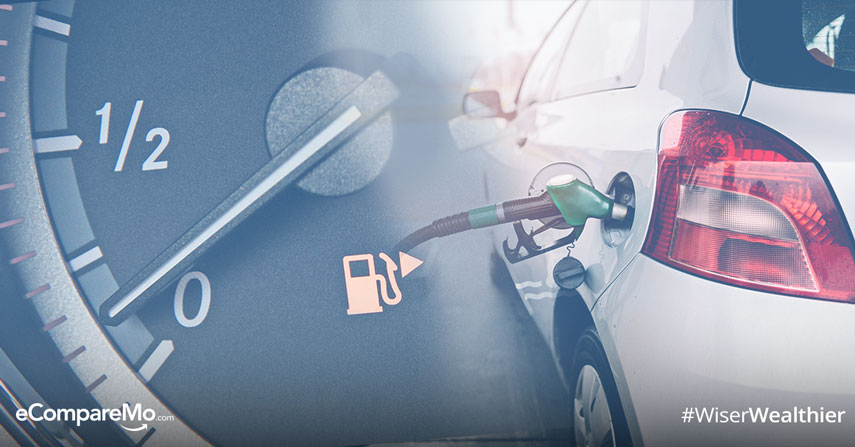Fuel-Saving Tips: How To Save Gas On Manual And Automatic Cars
2 min readOne of the biggest challenges car owners in this country face is how to make the most of a full tank of gas. With harsh road conditions, heavy traffic, constant fluctuations in gasoline and diesel prices, and the excise tax, saving money on fuel can be difficult. But it’s not entirely impossible.
While you can’t really do anything about gas prices in the Philippines, you can make some changes to the way you drive that will help you reduce your fuel consumption. Here are some nifty tips to get better mileage.
1. Keep a safe distance from other vehicles
If you tail a vehicle too closely, then you tend to slam the brakes abruptly, which brings your vehicle to a screeching halt. This means, when you have to start up again, you’ll pump more gas into the engine.

Keep a proper distance from the car in front of you so you can time it so you can initially just coast along behind them. The moment they accelerate, you’ll just need to lightly step on the gas to maintain speed or increase speed a little. This is a more fuel-efficient way to travel.
2. Imagine you’re biking uphill
To better understand fuel efficiency when going uphill. Imagine biking: To make elevated pedaling easier, you shift down to a lower gear, so you’ll put less effort as you go up. The same principle applies when driving a car. Sacrifice some speed and shift to a lower gear on the way up so you don’t force your car to expend a lot of fuel during high-load scenarios.
(Read: Fuel Excise Tax In The Philippines: How It Changes The Way We Drive)
3. Don’t let your tires get tired
There’s a reason your car manufacturer specifies a definite pressure for your tires. For more efficient fuel consumption, manufacturers usually recommend that you pump somewhere between 30 and 32 PSI in your tires.
Although the ride can become a bit rougher, correct tire pressure decreases road resistance which in turn, decreases energy loss. Lower resistance means there’s no need to keep putting pressure on your pedal for more power.
4. Skip gears if you need to
When driving stick, sometimes it may seem like your engine is revving too fast for your current gear. If this is the case, you can abandon the gear sequence and skip one number up or down. The same principle is also applied to a downshift.
5. Don’t redline your car
Hearing your engine rev may be music to your ears but putting your gas pedal to the floor drains both your gas tank and your wallet. Whether you’re parked or cruising on a highway, over-revving your engine will result in your gas guzzling.
(Read: Debunking Common Fuel-Saving Myths That Filipinos Fall For)Â
Before your gauge even reaches the maximum RPM, either shift up or down and spare your engine from laboring too hard and using up your fuel.
6. Accelerate slowly after a stop
Imagine you’ve come to a full stop before an intersection. Once the light turns green, your tendency may be to speed up as much as possible to make up for the lost time. However, flooring the gas and shifting once you reach the redline will only result in more gas consumed by your car.
For maximum fuel efficiency after a full stop, slowly apply pressure to the gas pedal and time your shift before the engine feels labored.
Sources: How Stuff Works, Popular Mechanics, Car and Driver
